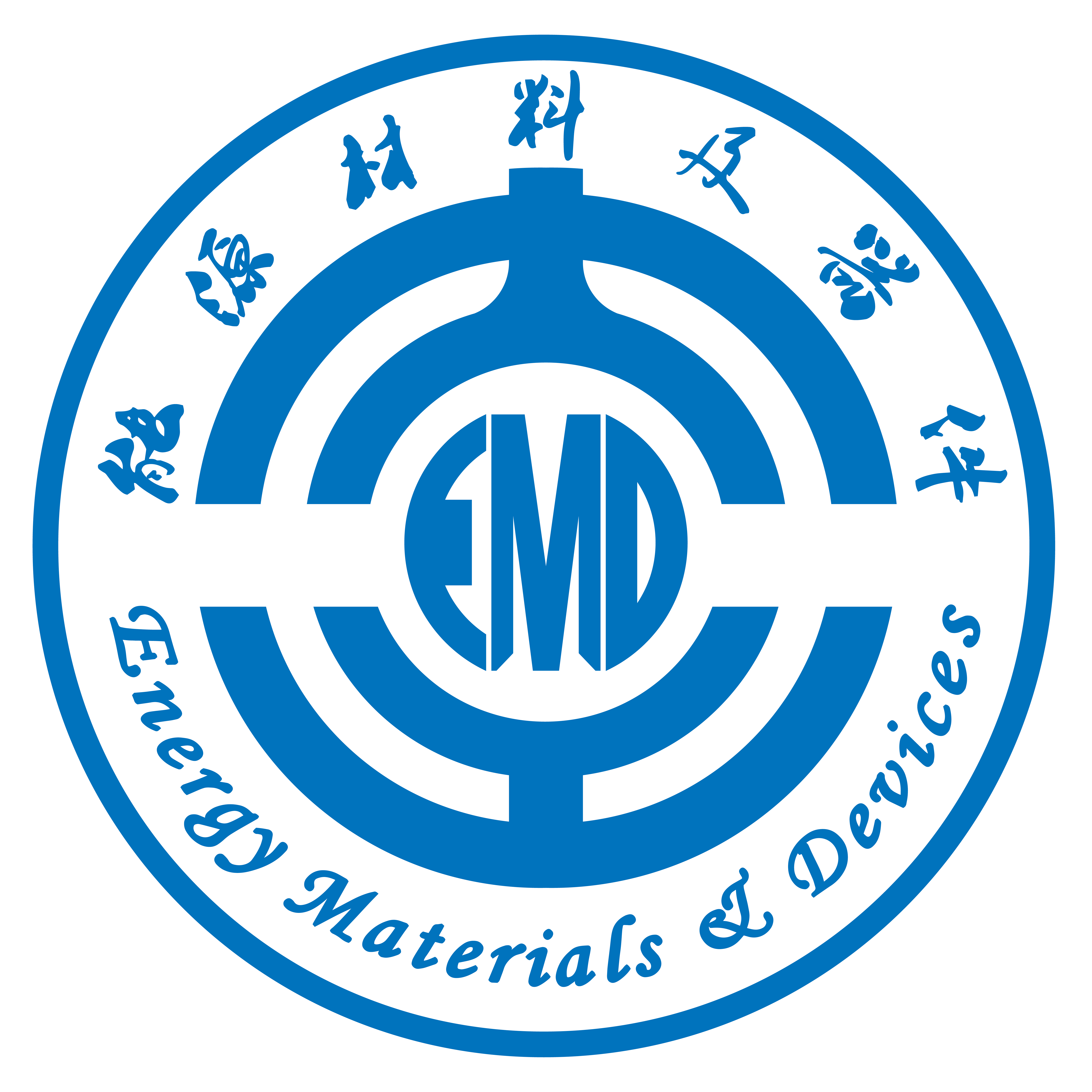Abstract: As the anodes for Li-ion batteries, the metal phosphides exhibit lower voltage range than those of sulfides and oxides, thus leading to a higher power/energy density for the full cells. Among the metal phosphides, Sn4P3 is a promising choice due to its relatively high specific capacity. However, the lithiation process of Sn4P3 has not been well understood by the existing literature. To verify this issue, experimental program and calculational analysis are conducted in this study. Firstly, the Sn4P3 nanosheets are produced with a facile two-step method of direct current arc plasma and phosphating. The test results confirm the excellent cycling stability of the prepared Sn4P3. Moreover, cyclic voltammetry analysis and first-principles calculations reveal that Sn4P3 experiences a progressive lithiation process, i.e., Li+ is firstly inserted into Sn4P3 to form the main intermediate products of amorphous LixSn4P3, followed by a conversion to the amorphous Li3P (a-Li3P) and the crystalline Li4.4Sn (c-Li4.4Sn). The formation of a-Li3P is earlier than c-Li4.4Sn, which is verified by the radial distribution functions of Sn and P, the numbers of Snn and Pn clusters, and the Bader populations of Sn and P in a-LixSn4P3.
https://doi.org/10.1016/j.apsusc.2021.149247

